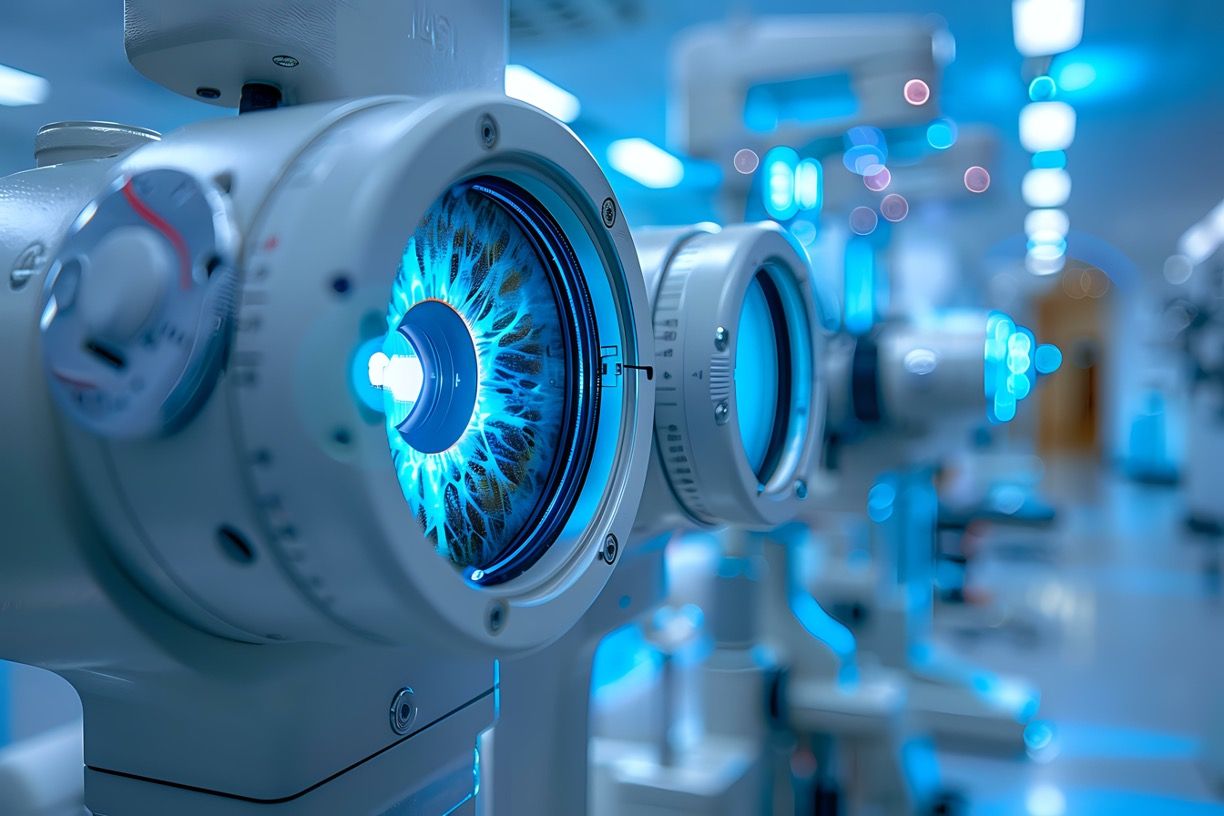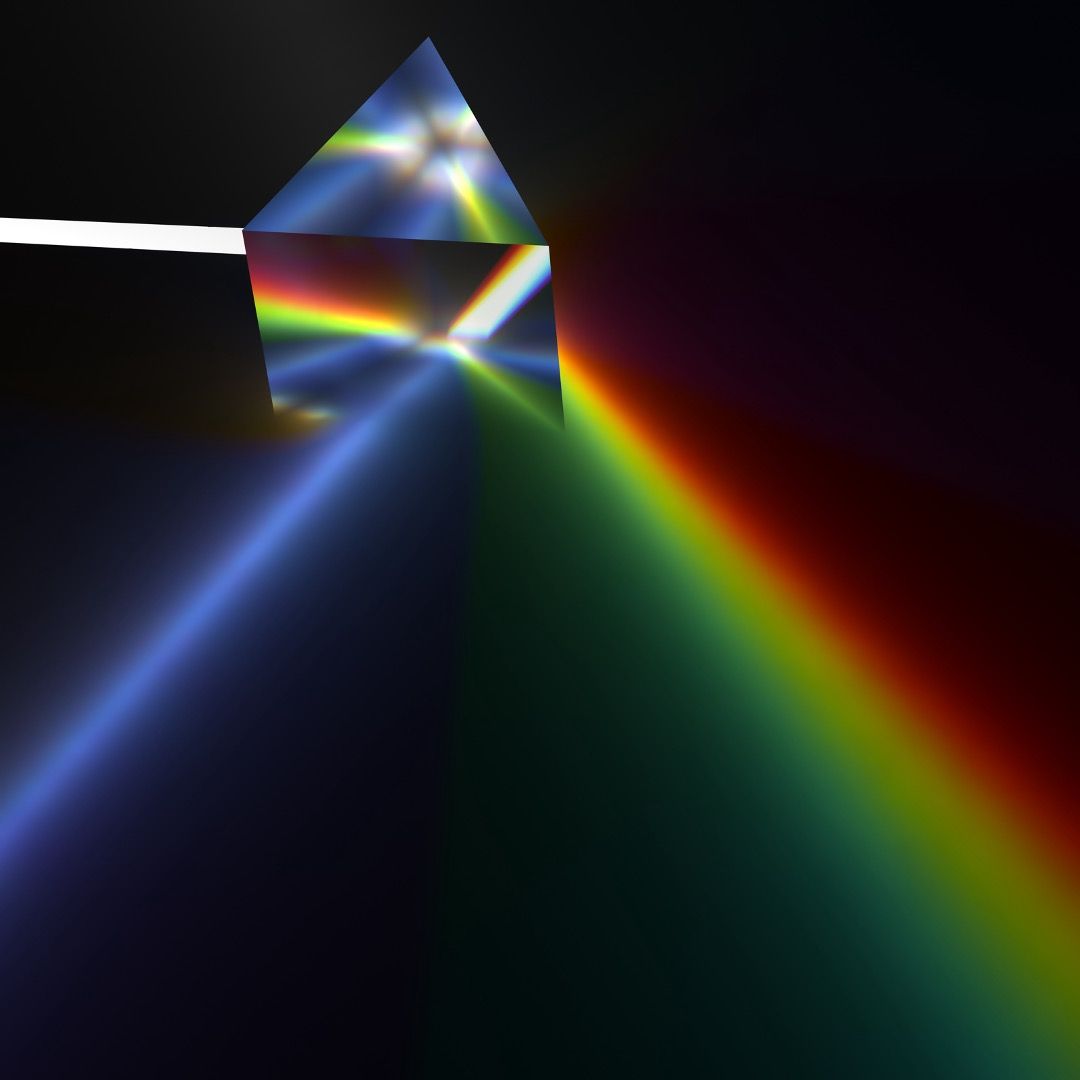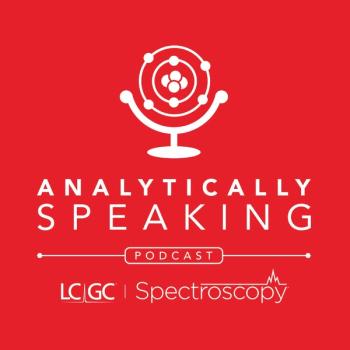
Near Infrared (NIR) Spectroscopy
Latest News


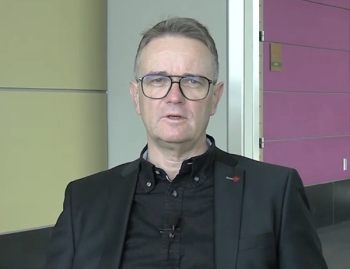
Our full-length interview with Huck covers more than just NIR spectroscopy in food and bio analysis. Spectroscopy sat down with Huck to also discuss current trends going on in spectroscopy, delving into what challenges spectroscopists face today and how they can solve these concerns.
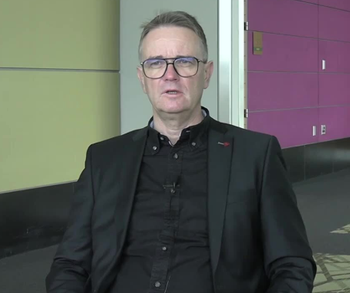
At Pittcon, Spectroscopy sat down with Christian Huck of the University of Innsbruck to talk about how NIR and imaging spectroscopy are being used in food and bioanalysis, and where this industry is heading in the future.

Near-infrared spectroscopy was recently used to estimate sweetness and total soluble solids content in cherry tomatoes.

Hyperspectral imaging was recently used to characterize chicken breast affected by myopathies, which can affect their texture and quality.
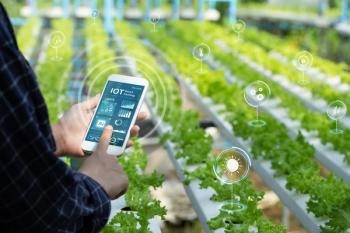
A study by researchers at Universidad de Talca in Chile explores the integration of artificial intelligence (AI), the Internet of Things (IoT), and remote sensing to modernize modern farming. The research highlights how these technologies optimize resource use, improve crop yields, and promote sustainable agricultural practices.

A recent review by researchers at Nagpur University and Seth Kesarimal Porwal College explores the ever advancing landscape of the Internet of Things (IoT) and its essential components—sensors and actuators. The review paper classifies various IoT sensors and examines their role in integrating the physical and digital worlds to enable smarter devices and enhanced automation.

A team of researchers from the International Iberian Nanotechnology Laboratory (INL) in Braga, Portugal, has developed an autonomous Internet of Things (IoT) spectral sensing system designed to monitor grape ripening in real-time. The study, led by Hugo M. Oliveira, Alessio Tugnolo, Natacha Fontes, Carlos Marques, and Álvaro Geraldes, was published in Computers and Electronics in Agriculture and introduces a novel approach to non-destructive, in-situ optical monitoring of grape maturity.

A new study examines the role of Internet of Things (IoT) technology in fostering sustainable urban development. Through a systematic review of 73 publications, researchers highlight how IoT-enabled sensors improve air quality, transportation, disaster management, and resource efficiency in smart cities.

Researchers highlight the growing role of Internet of Things (IoT) and sensor technologies in enhancing food security and agricultural sustainability. The study, published in Ain Shams Engineering Journal, explores the applications, benefits, and challenges of smart agriculture, emphasizing the potential of optical sensors in monitoring and optimizing farming practices.
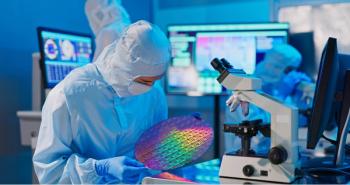
A recent study provides an in-depth overview of the latest advancements in infrared (IR) semiconductor sensor technology, highlighting new materials, enhanced detection capabilities, and expanding applications across industrial, medical, security, and environmental fields. The research explores how quantum dots, graphene, and novel nanomaterials are revolutionizing IR detection, paving the way for more efficient and versatile sensor systems.
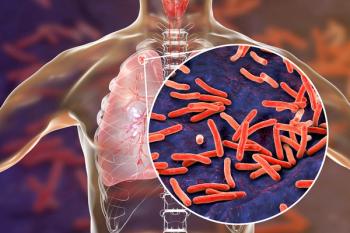
Scientists explore the potential of dilute III-V NIR semiconductors for Tuberculosis diagnostics, offering improved sensitivity and efficiency.

Researchers have developed a novel approach to improve the accuracy of near-infrared spectroscopy (NIRS or NIR) in quantifying highly porous, patient-specific drug formulations. By combining machine learning with advanced Raman imaging, the study enhances the precision of non-destructive pharmaceutical analysis, paving the way for better personalized medicine.

Top articles published this week include a video interview that explores using label-free spectroscopic techniques for tumor classification, an interview discussing how near-infrared (NIR) spectroscopy can classify different types of horsetails, and a news article about detecting colorless microplastics (MPs) using NIR spectroscopy and machine learning (ML).
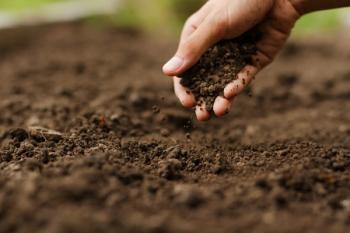
This new study highlights the potential of visible-near-infrared (Vis-NIR) spectroscopy for predicting phosphorus sorption parameters.

A recent study conducted by Shanghai researchers developed a high-accuracy model for identifying plastic pollution.
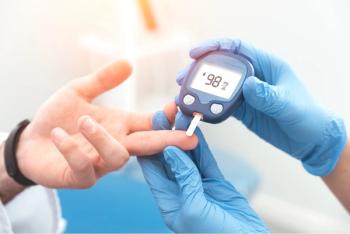
Researchers have developed a small near-infrared (NIR) spectrometer dedicated to achieve painless, accurate glucose measurements.

Spectroscopy sat down with Knut Baumann of the University of Technology Braunschweig to discuss his latest research examining the classification of two closely related horsetail species, Equisetum arvense (field horsetail) and Equisetum palustre (marsh horsetail), using near-infrared spectroscopy (NIR).

A recent paper published in Spectrochimica Acta Part A: Molecular and Biomolecular Spectroscopy argued that near-infrared (NIR) spectroscopy technology is the most sustainable choice for food production.

A team of researchers from Nankai University has developed an advanced method to classify tea types using near-infrared spectroscopy (NIRS) and artificial intelligence (AI). Their approach, involves a fine-tuned 1DResNet model, outperforms traditional methods, and offers an accurate, non-destructive, and efficient classification solution for the tea industry.
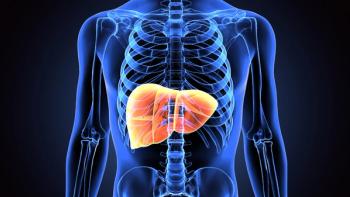
Researchers have explored the potential of combining near-infrared spectroscopy (NIRS) with machine learning (ML) to create a non-invasive, rapid diagnostic tool for liver fibrosis detection, a key factor in transplant surgery planning. These approaches could offer a more accurate and accessible alternative to traditional methods like biopsy.

Scientists demonstrate a self-supervised learning framework that dramatically improves near-infrared spectroscopy classification results, even with minimal labeled data.

This excerpt from The Concise Handbook of Analytical Spectroscopy, which spans five volumes, serves as a comprehensive reference, detailing the theory, instrumentation, sampling methods, experimental design, and data analysis techniques for each spectroscopic region.
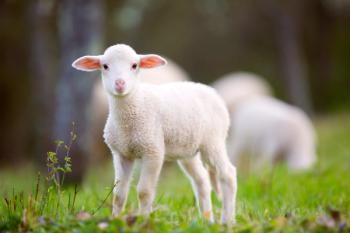
A recent study published in Meat Science highlighted how visible and near-infrared (vis-NIR) spectroscopy, when combined with chemometrics, can differentiate lamb meat based on pasture-finishing durations.

Spectroscopy sat down with Daniel Cozzolino of the University of Queensland to discuss his latest research using near-infrared (NIR) spectroscopy to determine the fatty acid content in black soldier fly.



